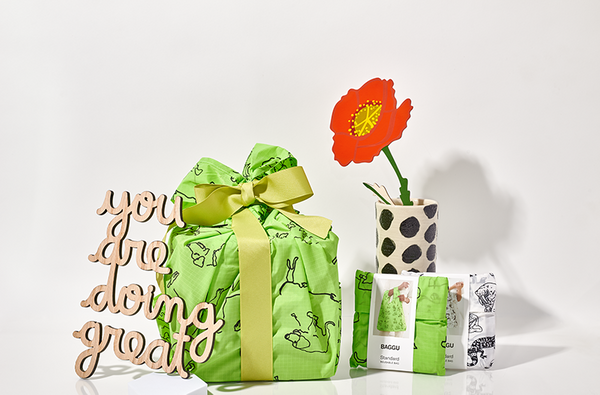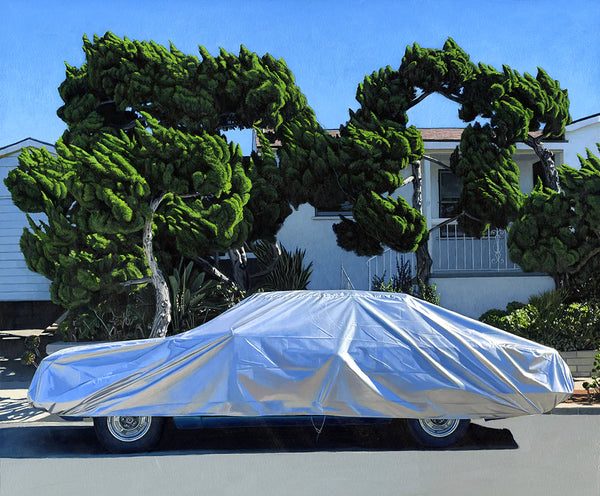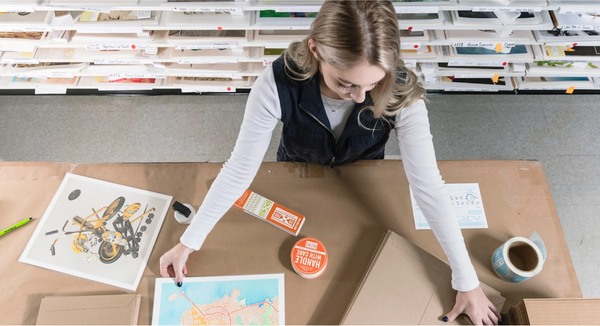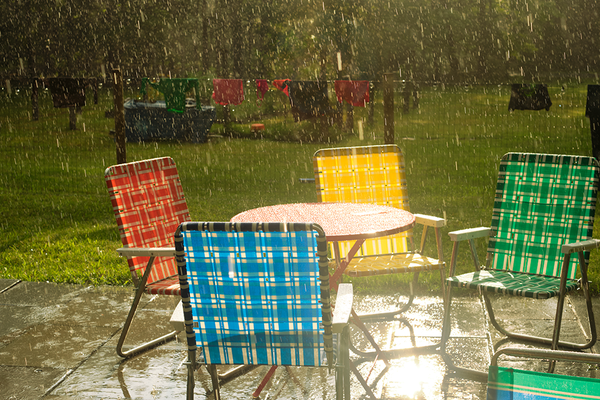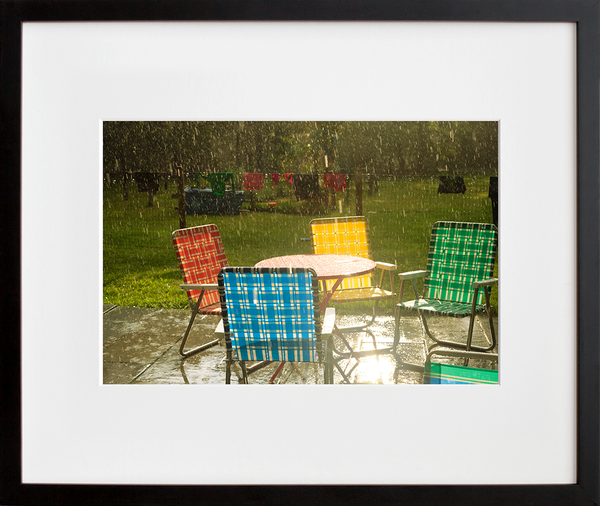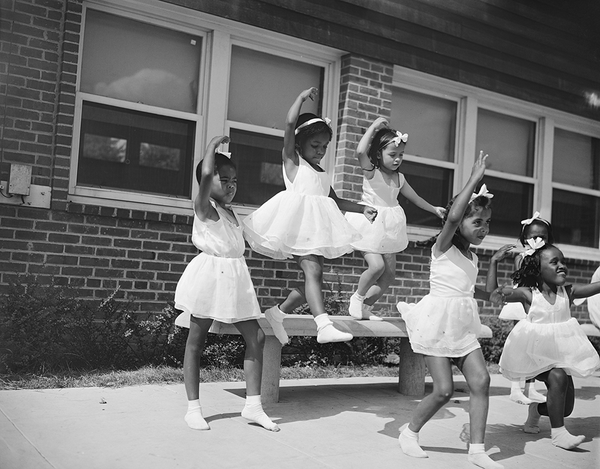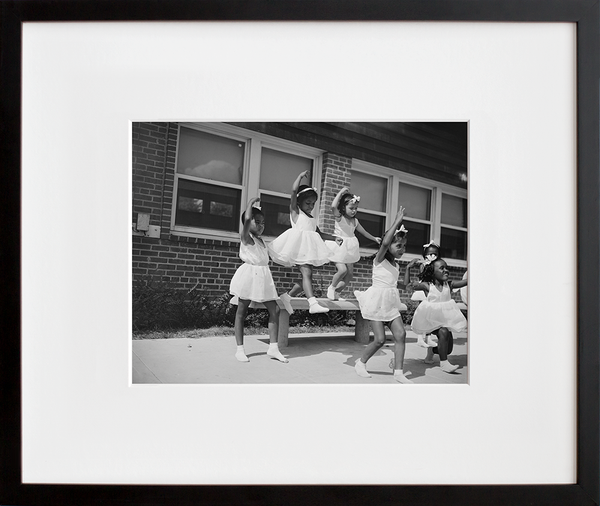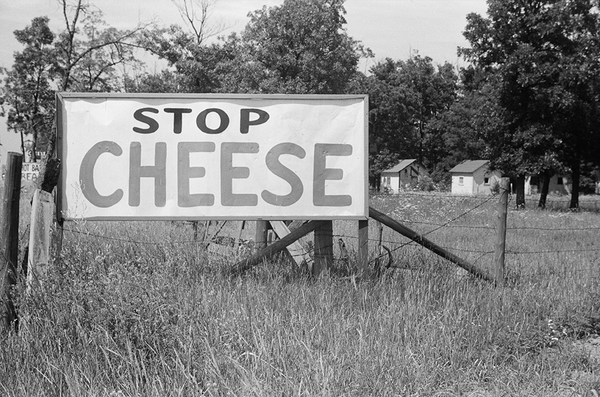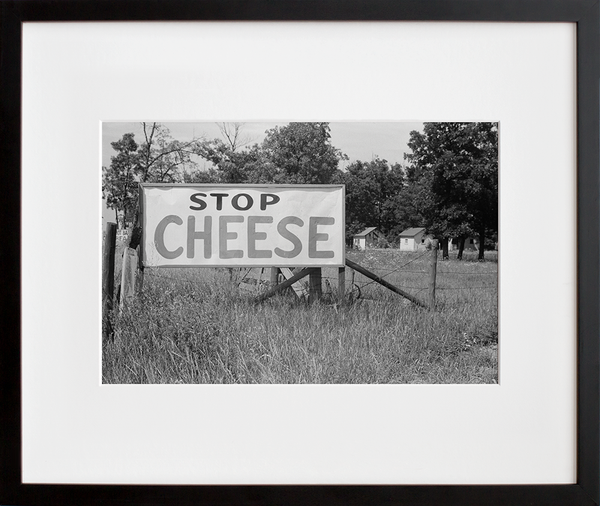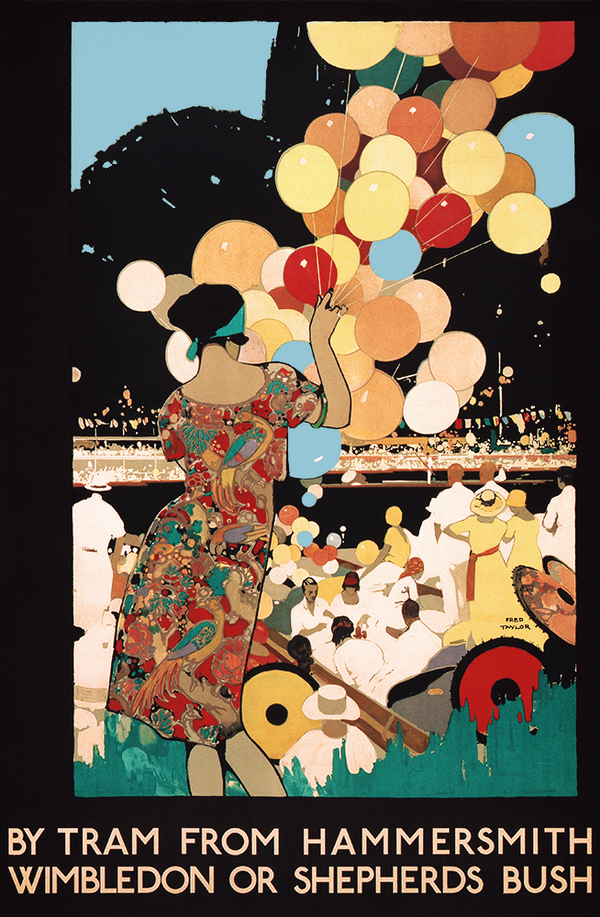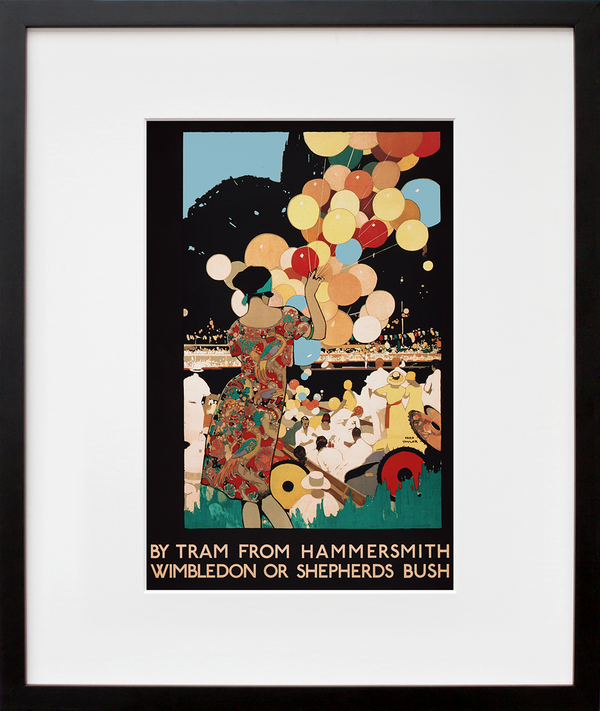
Adiantum pedatum by Karl Blossfeldt
10"x8" ($35) | 14"x11" ($75) | 20"x16" ($260) | 24"x20" ($650) | 30"x24" ($1000)
Collect this edition
A forager’s ideal find, thrilling signs of spring, pretty spirals of just-add-butter perfection—we’re in our feels about fiddleheads, the furled fronds of young ferns. If you thought the farmer’s market frenzy around fresh fiddleheads was a little extra, you should have seen us when we first laid eyes on the ornate, fossil-like stems in this vintage still life. After some careful restoration by our retoucher, Adiantum pedatum is ready to debut as our newest limited-edition print, and our first image by German artist Karl Blossfeldt.
Shot in the 1920s, the fiddleheads pictured here belong to the American Maidenhair fern. While this variety is indeed edible, it’s actually the Ostrich fern whose shoots star as a seasonal delicacy. (PSA: Many ferns are toxic, so don’t forage without a guide!) But what the Maidenhair lacks in culinary fame, it clearly compensates for in intricate, innate beauty—though it might not be obvious to the naked eye. Of course, that made it an excellent candidate for Blossfeldt’s black and white close-up.
Blossfeldt was a photographer, sculptor and teacher who earned a reputation for his magnified portraits of plant life and crisp, close-up style, revealing in fine detail the dazzling form of assorted flora. While apprenticing under Mortiz Meurer—a decorative artist and professor of ornament and design—around 1890, Blossfeldt began photographing botanical specimens. By 1898, he’d taken a teaching position at the School of the Museum of Decorative Arts in Berlin, where he’d go on to build a series of homemade cameras. These cameras allowed him to capture his plant subjects with hyper magnification, enhancing their surfaces up to 30x their actual size. Here, Adiantum pedatum’s fronds are enlarged to eight times their size.
“Plants are a treasure trove of forms — one which is carelessly overlooked only because the scale of shapes fails to catch the eye and sometimes this makes the forms hard to identify,” Blossfeldt once said. “But that is precisely what these photographs are intended to do — to portray diminutive forms on a convenient scale and encourage students to pay them more attention.”
For a long time, Blossfeldt’s work was mainly used as a reference for aspiring architects, sculptors and textile artists, intended to open students’ eyes to the striking geometry and repetitive patterns at play in botanical bodies, to tap into the inspiration of nature’s artistry. That changed after the publication of his book in 1929—the very book in which Adiantum pedatum first appeared. Urformen der Kunst or Art Forms in Nature swiftly elevated Blossfeldt’s standing in the art world, garnering him comparisons to other prominent photographers like Eugène Atget and August Sander. It also re-contextualized his body of work in the realm of New Objectivity, the post-expressionist movement that sprang on the German art scene in the 1920s. In photography, the movement expressed itself by eschewing poetic flourishes in favor of sharply focused, neatly organized documentary-style images that emphasized a subject’s realistic essence—in this case, the very real elegance, symmetry, and sublime form of the still-furled fern frond, unveiled through magnification.
“My botanical documents should contribute to restoring the link with nature,” Blossfeldt wrote. “They should reawaken a sense of nature, point to its teeming richness of form, and prompt the viewer to observe for himself the surrounding plant world.”
If there was ever a time to pay close attention to the plant world, it’s spring, when so much is in flux and mini miracles sprout on the hour from forests to city sidewalks. One microcosm of that momentary beauty is captured in Adiantum pedatum, but so is a deeper idea—the connective power of being present.
With art for everyone,
Team 20x200

